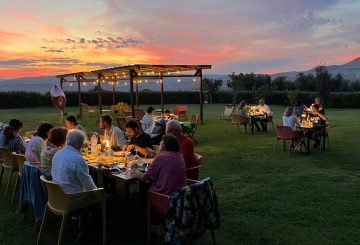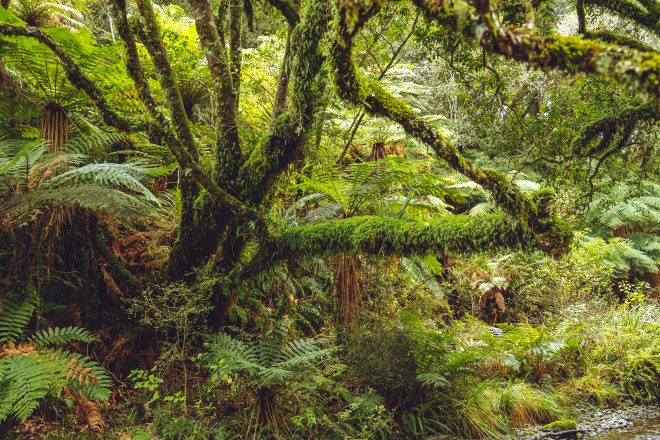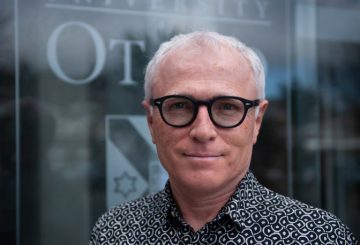뉴질랜드 토종숲 복원을 목표로 새로운 탄소 배출권 사업이 시작됐다.
뉴질랜드에서 탄소배출권을 위해 심어진 나무의 많은 부분이 비토착 소나무종이다. 그러나 박사과정 학생인 Finn Ross가 설립한 Carbonz는 토종 산림 탄소배출권 구매자와 판매자 확대를 목표로 한다.
“Carbonz에서 하려는 것은 뉴질랜드의 소나무 숲, 또 이 숲과 관련한 미래의 결정에 대한 정치적 주장이 아니다. 시장으로 하여금 소나무 숲보다 토종 숲에 대해 적정한 가격을 형성하게 하고, 또 판매자는 이 과정에서 프리미엄을 얻을 수 있을 뿐 아니라 구매자는 토종숲에 대한 이익을 누릴 수 있는 메커니즘이 처음으로 마련한 것”이라고 Ross는 전했다.
그는 토착림을 심는 것이 장기적인 이익을 얻을 수 있다면서 “소나무 숲은 30-40년 정도의 탄소 환원량을 발생시킨 후에는 쭉 정체 상태로 머문다. Aotearoa는 탄소 격리뿐만 아니라 선택적 고품질 목재, 생물 다양성 증가, 토양, 물, 기타 신성한 혜택의 장기적인 이점을 가진 우수한 토착 산림종을 보유하고 있다”고 덧붙였다.
이 회사는 숲을 조성함으로써 얻을 수 있는 잠재적인 탄소배출권을 추정하기 위해 인공지능을 사용하는 뉴질랜드의 회사 CarbonCrop과 제휴했다.
Jo Blundell 카본크롭 CEO는 “Carbonz와 제휴한다는 것은 토종 숲을 아끼는 일일 뿐 아니라 땅 소유주와 탄소배출 구매자들과의 연결을 의미한다. 특히 구매자들은 토종숲에 관심을 갖고 탄소 상쇄에 대한 확신을 갖길 원한다”고 말했다.






























































